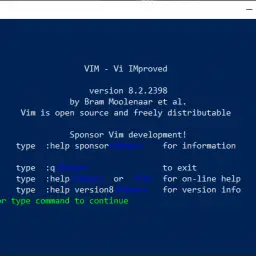How to Test Code in Go
Testing should be considered an essential part of the software-development process, because it helps to ensure that our code works as expected when handling a wide range of reasonable values as input. So today we are going to look at how to write tests in Go, using the built-in syntax, and how to run the […]







